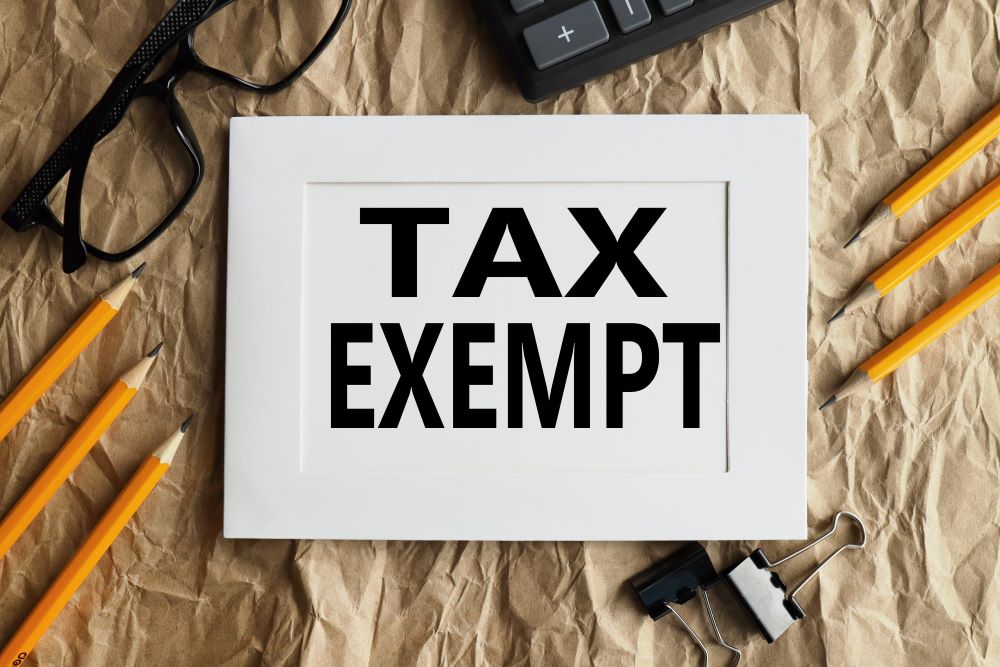IRS Compliance Priorities for Tax-Exempt Organizations

Angela Lawrence, Quality Control Coordinator at Klatzkin, contributed to this post.
Within the IRS is the Tax-Exempt & Government Entities Division (TE/GE), and its mission is to help customers understand and comply with tax laws and apply those laws with integrity and fairness to all. Its customers comprise employee plans, exempt organizations, and government entities, covering such diverse organizations as major universities, pension funds, state and local governments, charities, and private foundations. One aspect of the TE/GE’s program is compliance, specifically:
- Identifying areas of non-compliance.
- Emphasizing voluntary compliance programs.
- Educating customers so they can remain compliant with changing tax laws.
The TE/GE runs a compliance program that uses data to identify compliance issues and then decides the resources, tools, and training that should be deployed to combat those issues. The division updates its compliance initiatives quarterly, and today we will focus on four recently identified areas that can affect tax-exempt organizations:
- Worker Classification: Sometimes, exempt organizations misclassify employees as independent contractors. Earlier this year, we covered the independent contractor versus employee distinction and why it’s important to get it right.
- Officers Treating an Exempt Organization as Schedule C Business: This compliance issue determines if officers of an exempt organization claim exempt organization expenses as Schedule C business deductions. This leads to officers or other insiders privately and unfairly benefitting from a non-profit’s resources because of their position.
- Form 990-N Filers/Gross Receipts Model: The electronically filed Form 990-N is available for smaller exempt organizations to satisfy their annual reporting requirements if their annual gross receipts are usually $50,000 or less. This compliance issue determines if an exempt organization was truly eligible to file Form 990-N when their related filings don’t indicate that the $50,000 gross receipts threshold was met.
- W-2 and 1099-MISC to the Same Payee: Sometimes, a payor will have issued a Form W-2 and a Form 1099-MISC to the same payee in the same year, which can potentially cause misclassification of wages on the payee’s tax return.
Visit the IRS website for a complete list of the TE/GE’s compliance issues and priorities. If you are an officer or other employee of an exempt organization, it may be worthwhile to review your records and procedures to make sure the organization isn’t making some of these common compliance mistakes.
Contact Us
If you have any questions regarding the material outlined above, Klatzkin can help. For additional information, click here to contact us. We look forward to speaking with you soon.
©2021 Klatzkin & Company LLP. The above represents our best understanding and interpretation of the material covered as of this post’s date. The content is provided for informational purposes only and does not constitute accounting, tax, or financial advice. Please consult your advisor concerning your specific situation.
